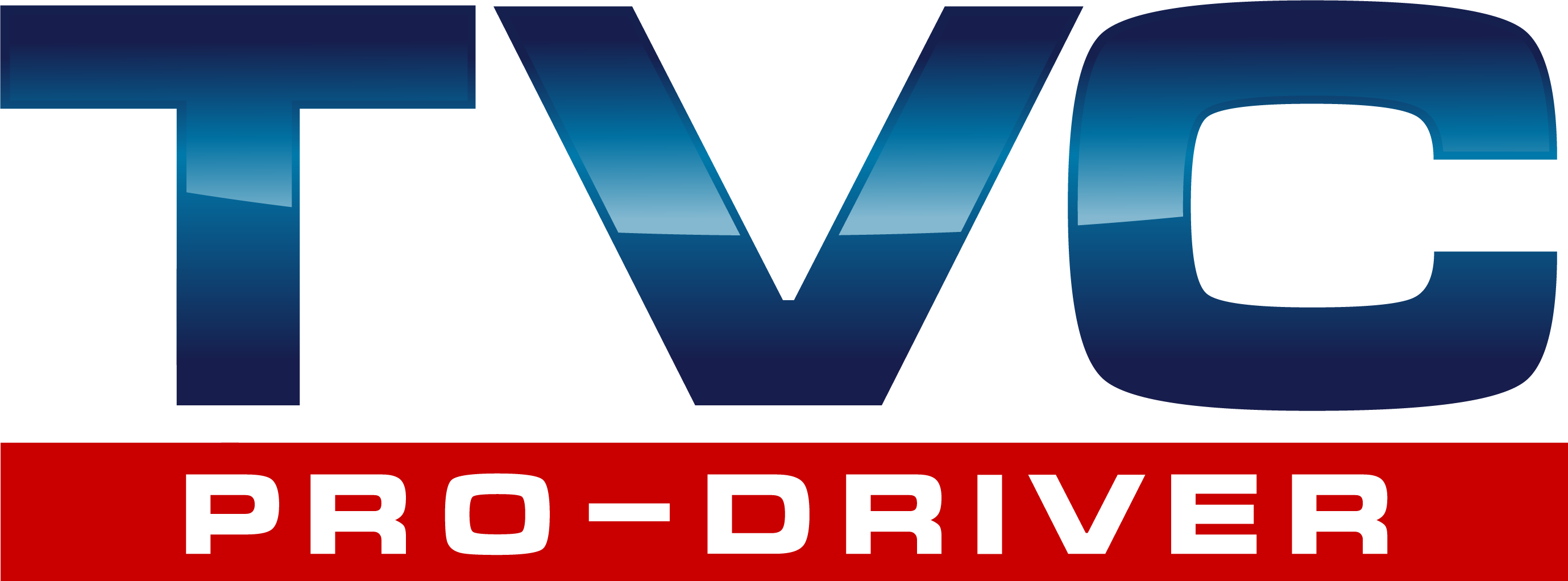In the rapidly evolving landscape of fleet management, minimizing operational costs while maximizing efficiency remains a top priority for fleet managers. Investing in comprehensive driver training programs is one of the most effective yet often overlooked strategies. Not only do these programs enhance driver performance and safety, but they also play a crucial role in reducing insurance costs. Here’s an in-depth look at how driver training can help fleets save money and the best practices to implement.
Understanding the Connection Between Driver Training and Insurance Costs
Insurance companies assess risk based on various factors, including driver behavior, accident history and fleet safety records. A well-trained driver is less likely to be involved in accidents, which translates to fewer claims and lower insurance premiums. By prioritizing driver training, fleet managers can demonstrate their commitment to safety to insurers, often resulting in significant discounts on premiums.
Best Practices for Effective Driver Training
Conduct Comprehensive Assessments:
Before implementing a training program, evaluate current driver skills and identify areas for improvement. Utilize assessments to tailor training sessions that address specific weaknesses, ensuring the program is relevant and effective.
Incorporate Technology:
Leverage modern technology like simulators and telematics to create interactive and engaging training experiences. These tools can provide real-time feedback on driving behaviors, helping drivers understand their performance and correct mistakes promptly.
Focus on Safety Protocols:
Ensure that training covers essential safety protocols, including defensive driving techniques, safe vehicle operation and emergency response procedures. Emphasizing the importance of safety can instill a culture of responsibility among drivers.
Regularly Update Training Programs:
The automotive industry is continually evolving, with new technologies, regulations and best practices emerging regularly. Stay updated on industry trends and adjust training programs to ensure drivers are well-equipped to handle modern challenges.
Encourage Ongoing Education:
Driver training shouldn’t end after the initial program. Establish ongoing education initiatives that reinforce safe driving habits and introduce new concepts. Consider refresher courses and workshops to maintain high standards over time.
TVC Pro-Driver is partnered with industry leader SambaSafety to connect our members with top services, including video safety training. Safety training and protocols are crucial for truck drivers to reduce accidents and liability. Managing a safety program can sometimes feel overwhelming, but leveraging resources and training solutions can ease the burden while driving a safety-first culture.
Monitor and Reward Performance:
Implement a system to monitor driver performance post-training. Recognize and reward safe driving behaviors to encourage adherence to best practices. This motivates drivers and fosters a positive safety culture within the fleet.
Engage in Fleet Safety Audits:
Regular safety audits can help identify areas where further training may be needed. These audits allow fleet managers to assess the effectiveness of their training programs and make necessary adjustments.
Measuring the Impact of Driver Training on Insurance Costs
To understand the financial benefits of driver training, fleet managers should track key performance indicators (KPIs) such as accident rates, claims frequency and insurance premiums before and after implementing training programs. This data can provide valuable insights into your training initiatives’ effectiveness and help secure stakeholders’ buy-in.
Investing in driver training is a proactive approach to reducing insurance costs for fleets. By prioritizing safety and equipping drivers with the necessary skills, fleet managers can create a safer driving environment, decrease accident rates and ultimately lower insurance premiums. Implementing the best practices outlined above will enhance driver performance and contribute to the overall success of fleet operations. As the saying goes, a well-trained driver is a safe driver, and safety is an investment that pays dividends in reduced costs and improved efficiency.
Interested in learning more about SambaSafety? Current members can contact their fleet support managers, and prospective members can reach out to us at sales@prodriver.com or call (844) 939-2823.













